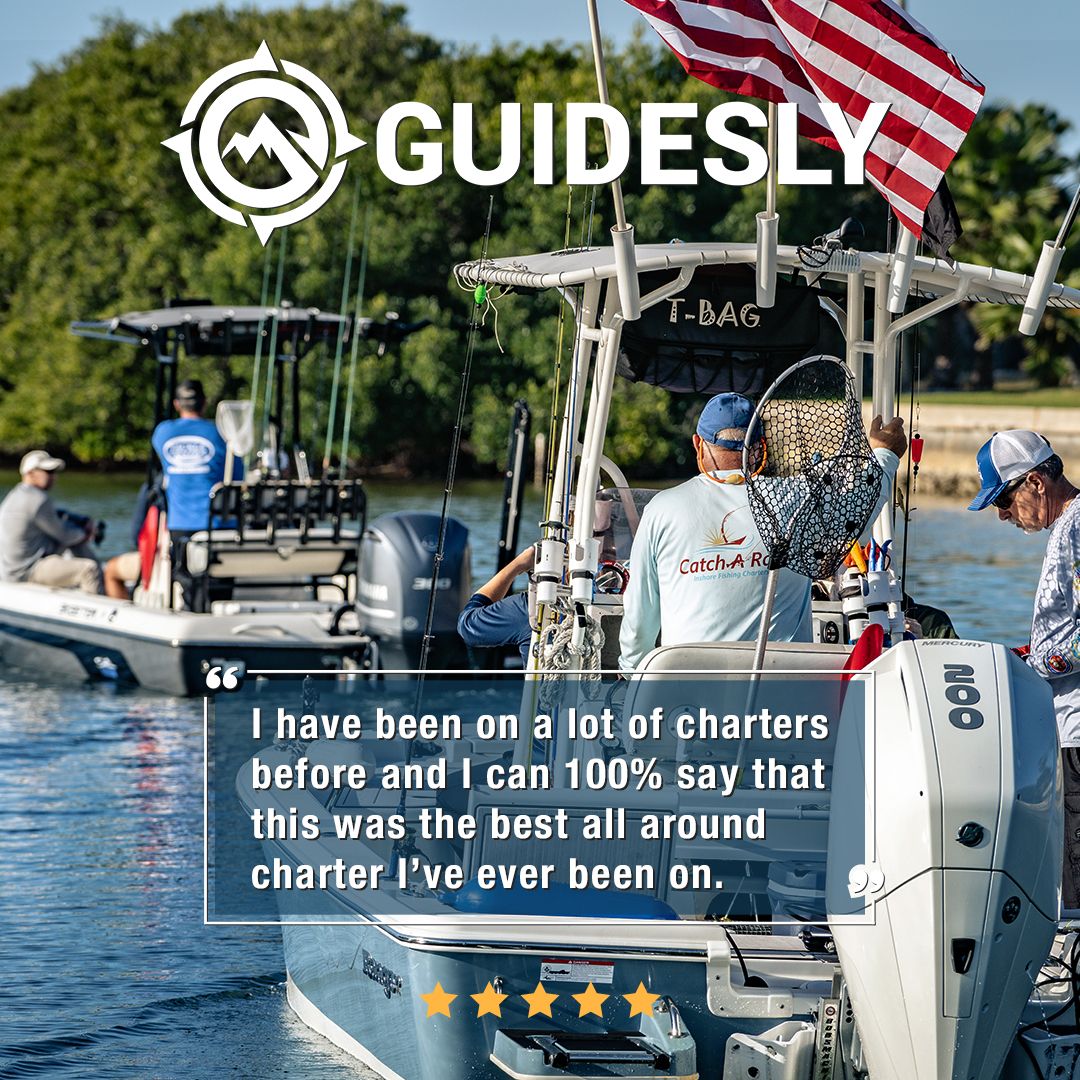What Makes the Colorado River a Top Fishing Destination?
The Colorado River gives anglers a prime location for recreational fishing, with an open season throughout the year without any catch limits.
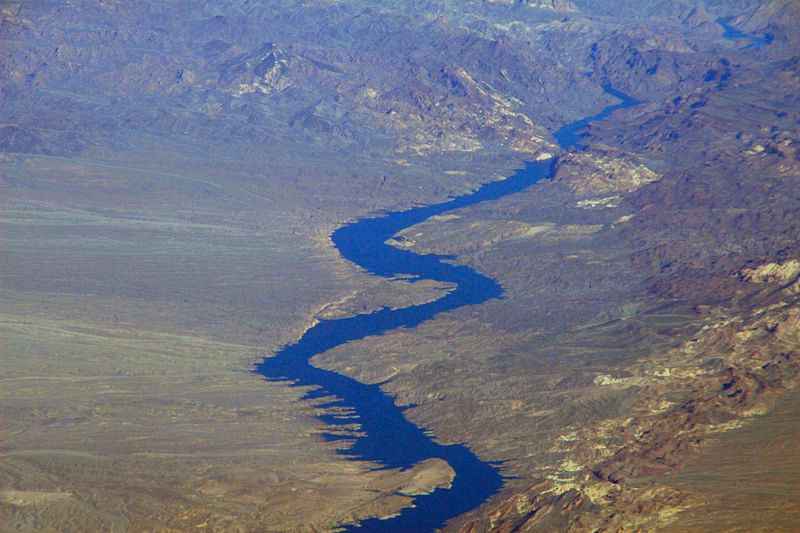
The Colorado River runs over 1,400 miles from Colorado State down south to northern Mexico. It runs through five states in the U.S. (Colorado, Utah, Arizona, Nevada, and California), and two states in Mexico (Baja California and Sonora).
The waters of this mighty river begin with runoffs from Rocky Mountain National Park as an unassuming stream on La Poudre Pass at an altitude of 10,184 feet. On its journey down south, it will be fed by a myriad of tributaries as it travels through the Grand Canyon, which it shaped millions of years ago. As it flows down, its waters will cover diverse locations such as deserts, waterfalls, and various wetlands.
Further down south, the Colorado River is a natural boundary border between the states of Arizona and Nevada. A portion of its waters will travel to Southern California until it empties in the Gulf of California. The massive river has been divided into three main sections, namely the Upper, Lower, and Middle Colorado.

Tens of millions of people rely on the Colorado River for drinking water, and multiple farms and industries depend on it as well. The Colorado River empties about 16.3 million acre-feet of water into the Gulf of California each year, flowing at an average of 22,500 cubic feet per second.
Since the Colorado River covers a vast area, is fed by multiple sources, and has gallons of water flowing through it each day, it’s no wonder there’s a diverse amount of life inhabiting the Colorado River system both below the surface and on the surrounding areas above water.
Biodiversity and Human Intervention
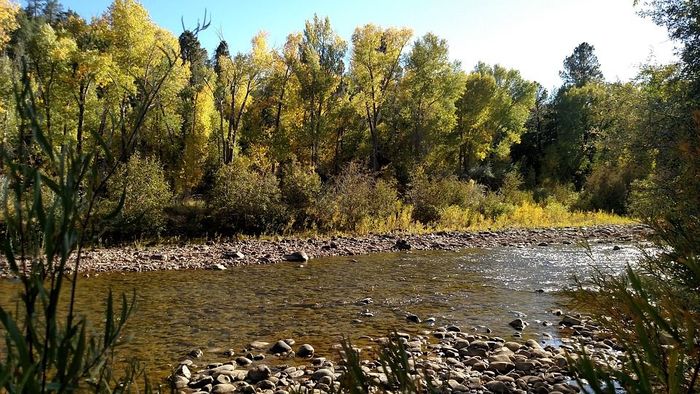
The Colorado River and its numerous tributaries provide nourishment to the otherwise desert regions. Before major scale logging occurred in the 19th century, there were forests in high altitudes. The melting snow and runoff from these forests would nourish the land and waters below, providing various nutrients.
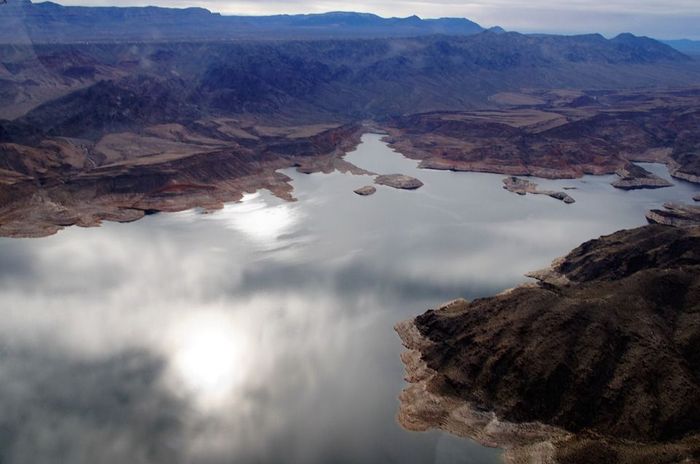
The rivers and streams of the Colorado basin used to be populated by 42 species of endemic fish that could not be found anywhere else in other aquatic ecosystems. The riverbanks along the great river have one of the greatest biodiversity in the area, especially along the lower Colorado and Colorado River Delta. Active environmental development and intervention by humans have created new riparian areas, especially throughout the Grand Canyon.
During the twentieth century, human intervention in these ecosystems resulted in the construction of numerous dams along the Colorado River and its tributaries. While the aim was for hydroelectric power and flood management, it provided a source of recreational activities, particularly sport fishing. The creation of dams formed man-made lakes and reservoirs, creating a haven for anglers and the proliferation of fish species. Today, they are popular leisure areas for tourists and residents such as Lake Mead, Lake Mohave, and Lake Havasu.

These two lakes give anglers a prime location for recreational fishing, with an open season throughout the year without any catch limits. There is largemouth bass, rainbow trout, striped bass, channel catfish, black crappie, and bluegill in these two man-made areas. Lake Mead is a hotspot for striped bass, while Lake Mohave is popular for rainbow trout. Lake Havasu, while not as popular as the other two, is famous for its crappie fishing, which is best done at night.
The construction of dams also has adverse consequences. One, it has altered the natural flow state of the rivers thus leading to changes in the ecosystem. Secondly, the popularity of recreational fishing saw overfishing and reduced numbers of species. One way that humans have tried correcting the delicate harmony of the environment is by restocking populations of fish.
Fish Stocking From Hatcheries
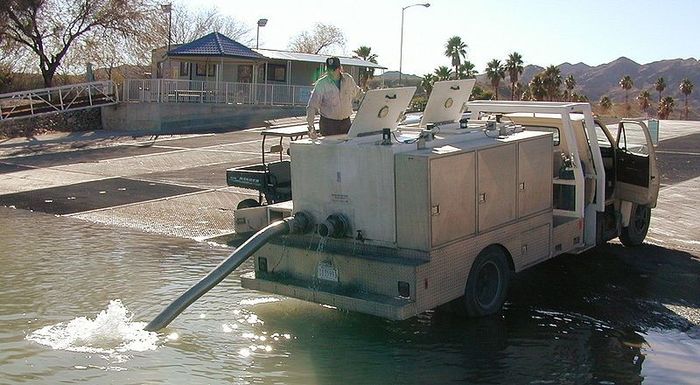
Fish stocking is a system of managing the fish by repopulating a specific location or ecosystem with species that are usually bred in controlled hatcheries. This method of releasing fish came into fruition due to the increased demand of anglers for sport fishing, and from environmental groups who are concerned about the balance of an ecosystem or the dwindling numbers of a certain species.
One such hatchery is the Willow Beach National Fish Hatchery which works in tandem with the Bureau of Reclamation, National Park Service, and the U.S. Fish & Wildlife Service. It has been raising and stocking rainbow trout specifically for sport fishing in the Colorado River since 1962, using the cold waters from Hoover Dam. Willow Beach has primarily been at the forefront of stocking this species in Arizona’s Lake Powell and Yuma.
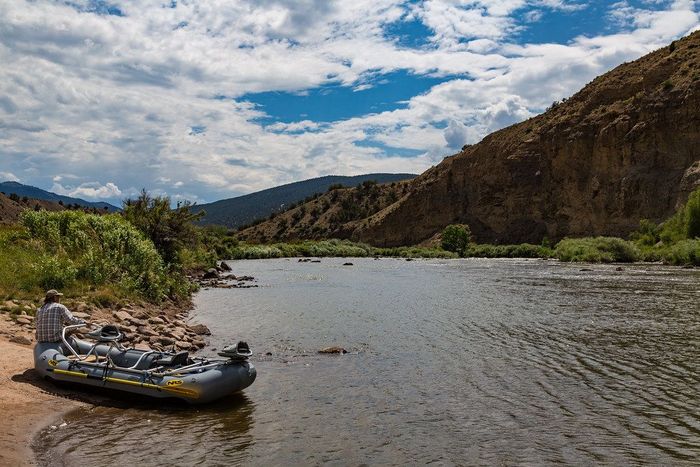
Restocking is carefully planned and follows a rigorous schedule. There are many factors to consider before this process begins. Careful research is conducted into the environment and the species already existing if restocking is a viable option. Usually, the species is already living in that environment, so no adverse effects will disrupt the balance. This is why anglers are limited to a daily catch, and what they bag is recorded so that river managers can actively keep track of the species populations. Each body of water has a maximum carrying capacity, so the number of specimens to be restocked needs to be taken into account. This protects the inhabitants of the ecosystem from running out of food or succumbing to any diseases. Restocking usually occurs when the waters are colder and more oxygenated.
Avid trout anglers are well aware of how the Colorado River has an abundance of trout. Rainbow trout and brown trout were introduced to the river system in the early 1920s specifically for recreational fishing. Their native range was limited to certain tributaries until the Glen Canyon Dam closed in 1963 and re-routed their populations. Once the rainbow trout began to flourish, their stocking ceased until it became the dominant species in the stretches of river below Glen Canyon Dam. Today they can be found throughout the Colorado River, especially at the junction with Little Colorado Rivers. River managers keep a close watch on Lee’s Ferry tailwater for the numbers of trout, since its management specifically caters to the needs of trout anglers.
Fishing in the Sections
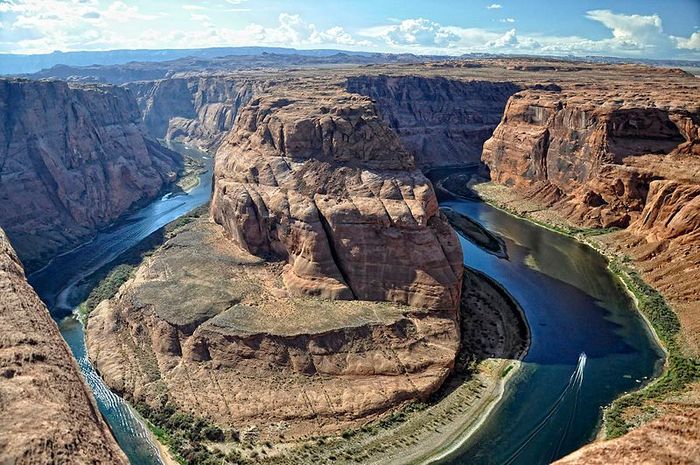
Each section of the Colorado River provides a unique environment and angling experience. The currents, temperatures, structures, and the nymphs in the area all influence its diversity and fishing qualities.
Upper Colorado
The riffles and deep pools you’ll find in Upper Colorado provide great angling year-round. Hatches of stoneflies, caddisflies, mayflies, midges, and salmon flies are plentiful in this area, making it a great place to hook some brown and rainbow trout.
Walk-wade fly fishing can seem daunting in the Colorado River since it’s an immense waterway. However, there are certain areas that are free from drift fishers or rafters where you can cast a fly in peace. Ramp 3 at the Pumphouse Recreation Area is a popular place to start, and although it may seem busy with boaters, it won’t be difficult to find a place to wade. If you want a more secluded area, you can head up to the Gore Canyon, but be wary of strong currents and steep terrain, and this trail may not be an easy feat for just anybody. If you brave the journey, you’ll discover an expansive area for wading in the water and landing trout.
If you’re drifting along Colorado, it's better to drift by sections or by trailheads so that you can cover the area intimately as opposed to just traversing the entire river. From the Pumphouse to Radium, the side streams and slower water tucked behind islands you’ll pass can hold a trove of trout. In the area of Radium to Rancho, you’ll want to search for shallow waters close to the banks with an abundance of structures or riffles which can be great hatcheries for nymphs. Heading down to State Bridge from Rancho, the banks with flowing currents should have your focus, as the trout like to congregate in these areas.
Middle Colorado
Middle Colorado is a very popular fishing spot because it’s suitable for any angling skill level. It’s known as a more peaceful stretch of water with over 75 miles of access points that are preferred for camping and fishing. Wade fishing near the banks is common in these areas that are known to host good-sized trout.
Floating down the river on the raft is also preferred in this section as the current of the water is more manageable and friendly towards angling. Medium currents are constant and great for a novice rower, with only the occasional class III rapid, making maneuvering this stretch fairly easy for those with experience.
There are diverse and plentiful waters to fish in the Middle and the best stretch is from Glenwood Springs to Rifle, which is Gold Waters. This is the best area to land the Colorado Grand Slam - which is catching a brown, cutthroat, rainbow, and brook trout all in the same water on the same day. Roaring Fork and Rifle Gap are very popular among anglers for fly fishing or drifting the currents.
Lower Colorado
The lower section of the Colorado River is where the waters begin to flow westward. The gradual transition from the Middle is where a number of tributaries will feed the river, changing its size and species diversity. With the change in direction and volume, the temperatures will also increase, resulting in smallmouth bass, catfish, and carp being more plentiful in these areas. However, the large size rainbow and brown trout will govern this area.
Floating along with the river yields better angling qualities compared to fly fishing. Rocky banks, currents near boulders, and water pockets are great areas to concentrate on. The best stretch of the river to float for a diversity of catch would be from Glenwood Springs, New Castle, and Silt. Other species you may catch are largemouth bass, smallmouth bass, Northern pike, walleye, bluegill, and yellow perch.
Mighty Colorado
There are many factors that contribute to the greatness of the mighty Colorado River. Its sheer size, volume, and the many tributaries that feed it alter the diversity of species that can thrive in the many sections of this river. With its designated Gold Waters that are continually being restocked by hatcheries specifically to cater to anglers aiming for trout, make the Colorado River a prime fishing destination and should be on any angler’s bucket list.


